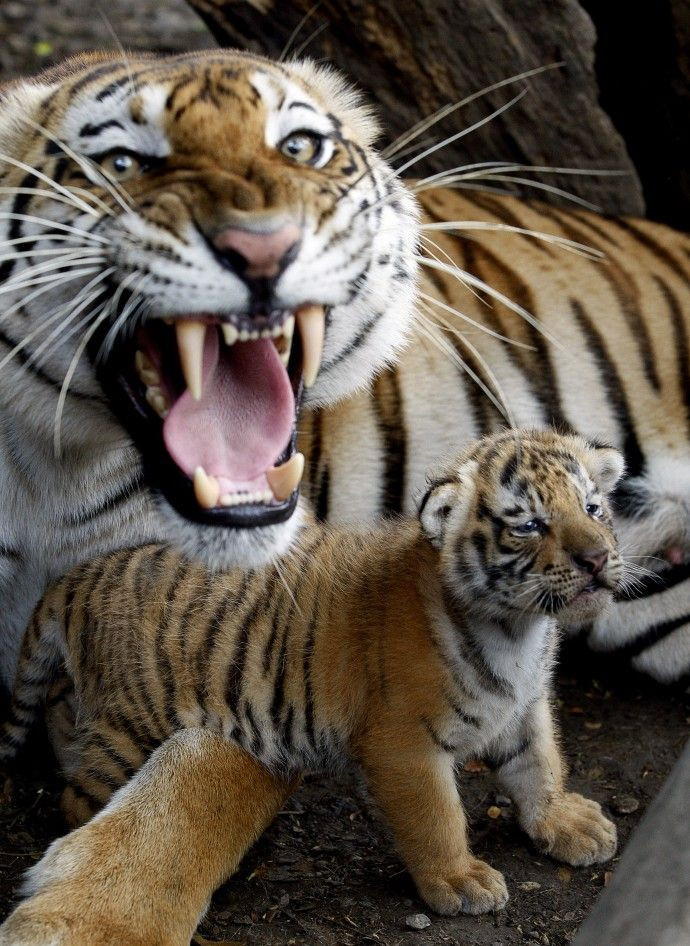Smithsonian’s Candid Camera Shows Remote Wildlife Up Close

The Smithsoninian Institution is showing off a strategy to get close up images and videos of exotic wildlife in remote areas.
The scientists at the Smithsonian Institute have been installing camera traps -- automated cameras with motion sensors. Essentially, they are uses candid cameras, like those seen in the eponynmous television show hosted by Alan Funt. But instead of pranks, now they are used to see animals in their natural habitat.
The cameras blend in with the scenery, so the animals do not typically notice them. Researchers attach the cameras to posts or trees, usually along forest trails. When a camera's sensor registers an animal's body heat and movement, a photograph is taken. All of the photographs have been posted to Smithsonian's web site.
This site provides the public a glimpse of what the scientist sees when surveying remote places, William McShea, research wildlife biologist at the Smithsonian Conservation Biology Institute, said in a statement. The Institution says the photos vary in range of quality from good to bad, some of the cameras are digital, others are not.
Not every photo is beautiful but every photo provides information that can be used to conserve wild animals. It is addictive to scroll through the photos at a single site and see the diversity that walks by a single camera in the forest.
Already the Smithsonian has gotten more than 200,000 photos of wildlife from all across the globe from Kenya to Thailand, the Appalachian trail and much more. There are photos of everything from primates in Panama to leopards in China. The Smithsonian says they have taken photos of more than 200 species.
The photos are a part of Smithsonian's Web 2.0 initiative, which is a way to make Smithsonian science more accessible to the public. The photos also provide reference links to corresponding species pages at the Encyclopedia of Life, the with the International Union for Conservation of Nature and the Smithsonian's National Museum of Natural History's own North American Mammals page.
To contact the reporter responsible for this story call (646) 461 6920 or email g.perna@ibtimes.com.
© Copyright IBTimes 2024. All rights reserved.





















